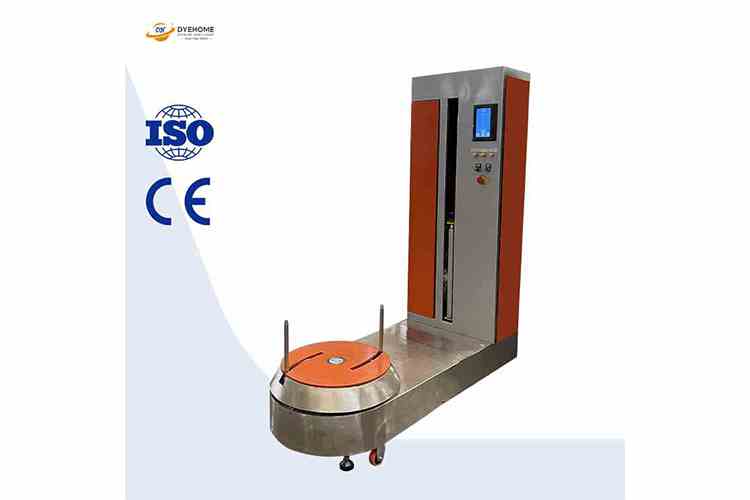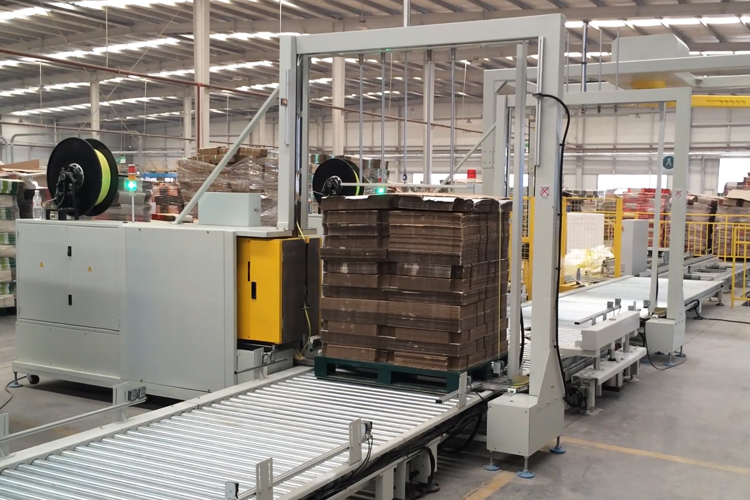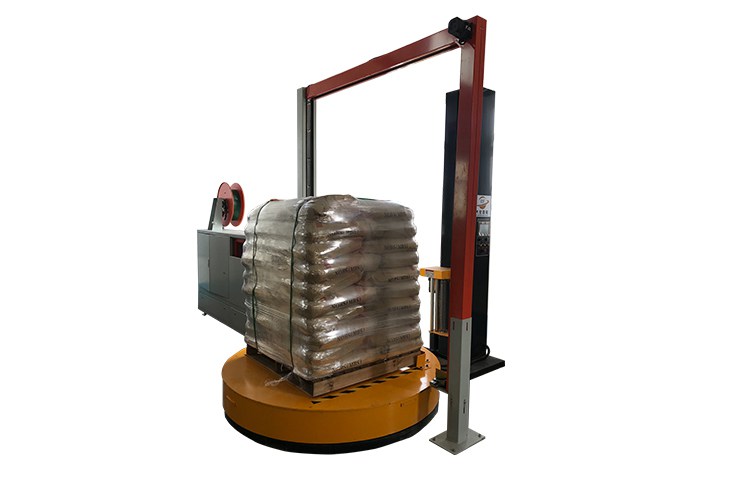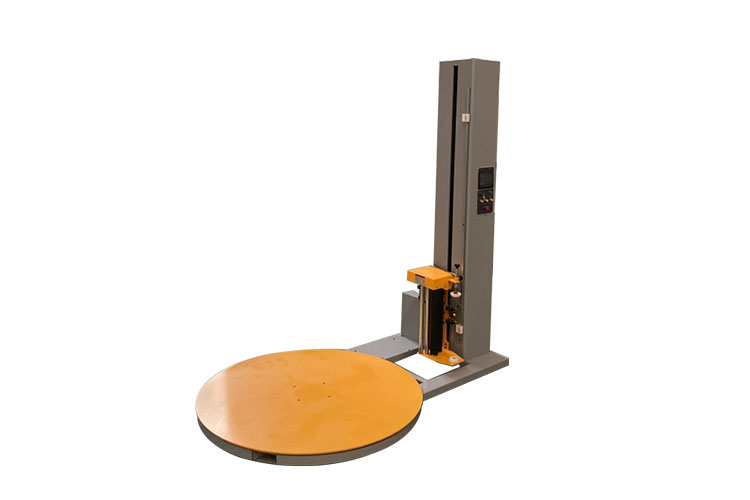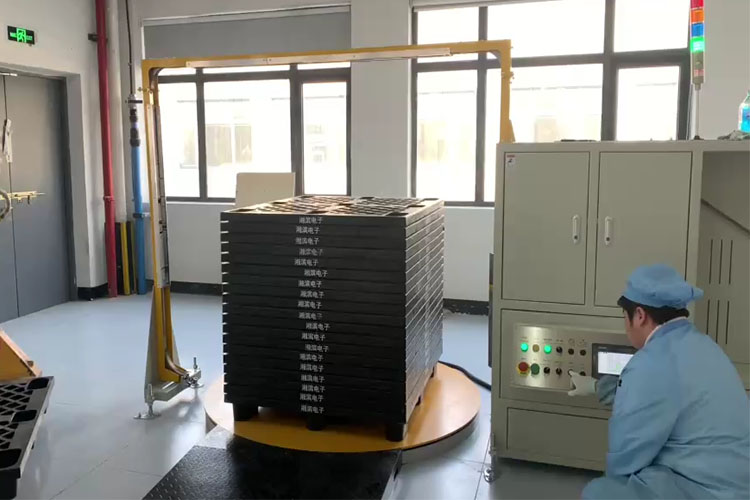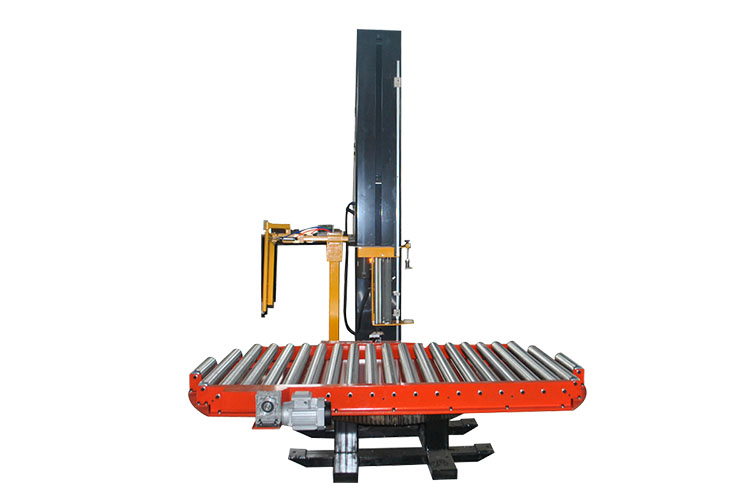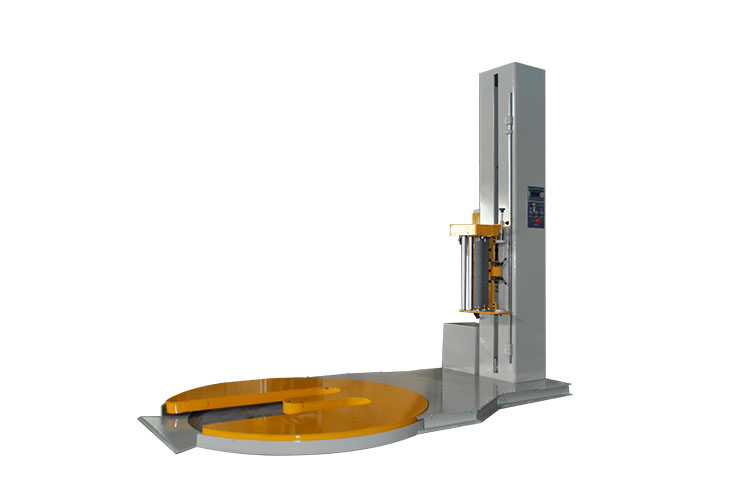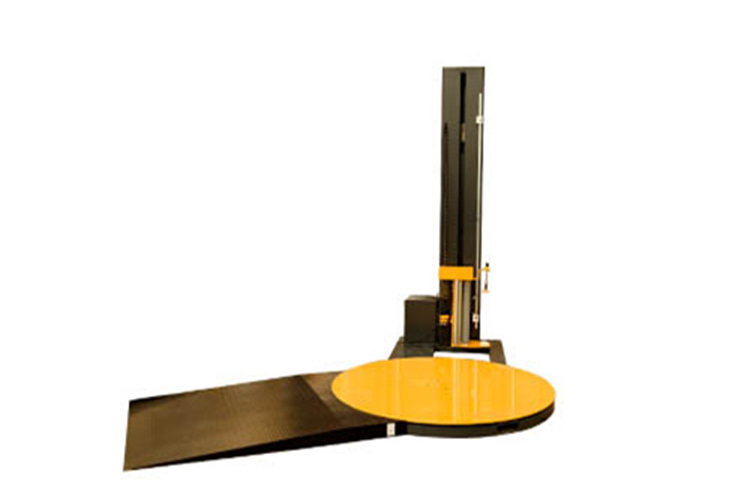Advantages and Applications of Automatic Wrapping Machines in Modern Packaging
Date: 2025-08-13Id:340Views:
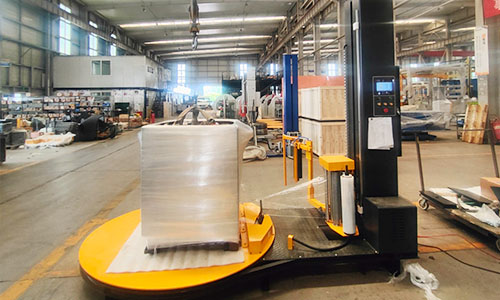
Automation Improves Packaging Efficiency and Meets High-Frequency Shipment Demands
In today's increasingly rapid pace of production in logistics, warehousing, and manufacturing, traditional manual wrapping methods are no longer able to meet the demands of high-frequency, high-volume shipments. Automatic wrapping machines, with their fully automated operation, complete the film application, wrapping, cutting, and securing steps in one operation, reducing manual intervention and ensuring consistent packaging quality. Compared to manual operations, they save an average of over 50% time per pallet, significantly improving shipping efficiency. Especially for industries such as e-commerce warehousing, food and beverages, chemical raw materials, and machinery manufacturing, high-speed and stable automated equipment has become essential for ensuring on-time order delivery. Pre-stretching technology reduces consumables costs and packaging waste.
Advanced automatic wrapping machines are equipped with a pre-stretching film frame that pre-stretches the wrap film up to 250%, ensuring the cargo's stability while effectively reducing film consumption. Compared to traditional unstretched wrapping methods, this technology can save approximately 30%-50% in consumables costs. The machine's intelligent tension adjustment function automatically adjusts the optimal stretch ratio and tension based on the cargo's weight, size, and shape, preventing the film from being too loose or too tight. This prevents film from loosening during transport and prevents film breakage due to overstretching.
Adapts to a variety of cargo shapes and flexibly handles complex packaging.
Automatic wrapping machines are not only suitable for standard palletized cargo, but also for providing stable wrapping for special shapes, cylindrical shapes, furniture panels, mechanical parts, and more. By setting different wrapping modes and parameters, the machine automatically optimizes the wrapping path based on the cargo's height, weight, and corner configuration. For example, in the chemical industry, the machine can provide bottom reinforcement to prevent the bags from falling apart during transport. For the building materials industry, the machine can be configured to wrap large panels in sections to ensure secure, stable wrapping during transport. Application cases across multiple industries demonstrate reliable performance.
After introducing an automatic wrapping machine in the finished product shipping process at a food processing plant, the team of four manual packaging workers was reduced to one inspector, increasing packaging speed from 25 pallets per hour to 60 pallets, and reducing film consumption by 35%. At another chemical raw material exporter, this equipment seamlessly integrates with the production line's conveyor system, automating the entire process from goods leaving the line, wrapping, laminating, to automatic storage, completely eliminating the safety hazards of manual packaging in high-dust environments.
Intelligent upgrades empower digital packaging management.
With the development of the Industrial Internet and intelligent manufacturing, automatic wrapping machines are evolving towards a higher level of intelligence. Some models now feature networking capabilities, enabling real-time data collection on package quantity, consumables usage, and equipment operating hours, enabling cross-regional management through remote monitoring systems. Companies can use this data analysis to optimize consumables procurement plans and adjust packaging strategies, achieving refined management of the packaging process and further reducing operating costs.
Related


